
SOLAR FARMS IN AUSTRALIA
ENQUIRE NOW
What are Solar Farms and How Do They Work?
Solar farms, also known as photovoltaic power stations, solar power plants, and solar parks, are key players in our renewable energy landscape, capturing sunlight at a massive scale and converting it into usable power.
Here’s everything you need to know about solar farms in Australia.
Solar farms, simply put, are large collections of solar PV panels that convert sunlight into electricity. But how does this transformation from sunlight to electricity occur? The secret lies in the solar inverter.
A solar inverter is a key component within any solar setup, including a solar farm. It converts the direct current (DC) the panels produce into alternating current (AC), suitable for use in a home or business or fed into the power grid.
However, capturing sunlight efficiently isn’t just about the conversion process; the physical positioning of the solar panels also plays a crucial role.
Tracking systems that can alter the panels’ tilt and angle are used to maximise energy absorption from the sun. Also, centralised maintenance and repairs of solar panels in farms lead to increased efficiency, reducing the time and resources needed for upkeep.
What are Solar Farms and How Do They Work?
Solar farms, also known as photovoltaic power stations, solar power plants, and solar parks, are key players in our renewable energy landscape, capturing sunlight at a massive scale and converting it into usable power.
Here’s everything you need to know about solar farms in Australia.

Solar farms, simply put, are large collections of solar PV panels that convert sunlight into electricity. But how does this transformation from sunlight to electricity occur? The secret lies in the solar inverter.
A solar inverter is a key component within any solar setup, including a solar farm. It converts the direct current (DC) the panels produce into alternating current (AC), suitable for use in a home or business or fed into the power grid.
However, capturing sunlight efficiently isn’t just about the conversion process; the physical positioning of the solar panels also plays a crucial role.
Tracking systems that can alter the panels’ tilt and angle are used to maximise energy absorption from the sun. Also, centralised maintenance and repairs of solar panels in farms lead to increased efficiency, reducing the time and resources needed for upkeep.
The Scale of Solar Power Stations in Australia
In Australia, we demonstrate a commendable commitment to solar energy. As of 31 Dec 2023, there are over 3.69 million solar PV installations in Australia, contributing to a combined capacity of over 34.2 gigawatts of renewable energy1.
Large-scale solar has become a significant part of this mix, with the Clean Energy Council reporting that 42 of the 68 large-scale renewable energy projects being constructed or committed to at the end of 2021 are solar farms2.



As of April 2024, the largest solar farms in Australia, based on megawatt (MW) capacity are:
345MW
New South Wales (NSW)
Limondale Solar Farm, with a capacity of 345MW is currently the largest operational solar farm in NSW.
350MW
Victoria (VIC)
The largest solar farm in operation is the Kiamal Solar Farm-Stage 1, with a 200MW capacity. Stage 2 is set to have a 150MW capacity.
400MW
Queensland (QLD)
The Western Downs Green Power Hub is the largest in the state and the largest in Australia, with a 400MW capacity.
275MW
South Australia (SA)
The Bungala Solar Farm leads with a 275 megawatt capacity.
132MW
Western Australia (WA)
The largest operational farm, the Merredin Solar Farm, has a 132MW capacity.
50MW
Tasmania (TAS)
Similar to NT and ACT, the solar farms in operation are also under 50MW.
50MW
Nothern Territory and Australian Capital Territory (NT & ACT)
Both these territories currently have smaller-scale solar farms, all under 50MW.
Did you know? Due to large areas of fertile land being used for solar farms in Australia, this has led to the rise of ‘agrisolar’ where agricultural activities are integrated with the solar array. A great example of this can be seen with the Numurkah Solar Farm in rural North Victoria, which combines sheep farming with the day-to-day operation of a solar farm.
The Scale of Solar Power Stations in Australia
Image credit: © 2020 The World Bank, Source: Global Solar Atlas 2.0, Solar resource data: Solargis.
Understanding solar irradiance is key to fully harnessing the sun’s power for solar farming in Australia. Solar irradiance measures the sun’s power over a specific area and is a critical factor in the design and location of solar farms.
Due to the massive size of Australia, solar irradiance levels vary significantly across states and territories, influencing where solar farms are most effectively placed. For instance, regions like Queensland and Western Australia, which enjoy high levels of solar irradiance due to their proximity to the equator and generally clear skies, are prime locations for solar farms. This is evident in large-scale facilities like the previously mentioned Western Downs Green Power Hub in Queensland, now the largest solar farm in Australia with its whopping 400MW capacity.
On the other hand, Tasmania, with its lower irradiance levels and cloudier conditions, does not have any large-scale solar installations exceeding 50MW. However, these installations are still strategically designed to maximise their solar intake, considering factors such as panel orientation and local weather patterns.
This solar resource map from Solargis (which collects and shares solar irradiance data) shows where the “hot spots” are for solar power generation in Australia.
From Farm to Grid: How Solar Farms Power Australia
Like any solar installation, solar farms generate electricity by converting captured sunlight into direct current (DC) power.
Once this DC electricity is generated, it cannot be used directly in homes or fed into the grid. It needs to be converted into alternating current (AC), which is where the solar inverter comes into play. The inverter is a pivotal device in the solar farm, changing the DC into AC, making the electricity compatible with the grid and suitable for everyday use in businesses and homes nationwide.

After conversion, the AC electricity travels from the inverter to a transformer within the solar farm. The transformer then raises the voltage to match the high levels required for efficient long-distance travel through power lines. This high-voltage electricity is then dispatched to the grid, where it is distributed through a network of substations and transformers, gradually decreasing the voltage to safe, usable levels for the end consumer.
From Farm to Grid: How Solar Farms Power Australia
Like any solar installation, solar farms generate electricity by converting captured sunlight into direct current (DC) power.
Once this DC electricity is generated, it cannot be used directly in homes or fed into the grid. It needs to be converted into alternating current (AC), which is where the solar inverter comes into play. The inverter is a pivotal device in the solar farm, changing the DC into AC, making the electricity compatible with the grid and suitable for everyday use in businesses and homes nationwide.

After conversion, the AC electricity travels from the inverter to a transformer within the solar farm. The transformer then raises the voltage to match the high levels required for efficient long-distance travel through power lines. This high-voltage electricity is then dispatched to the grid, where it is distributed through a network of substations and transformers, gradually decreasing the voltage to safe, usable levels for the end consumer.




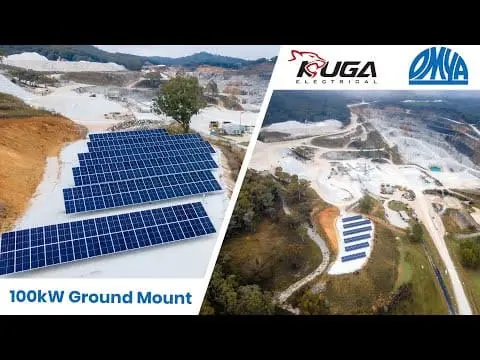
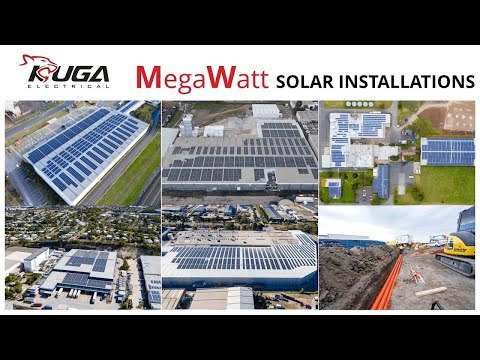
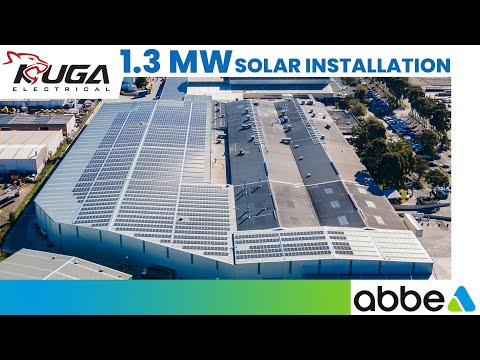
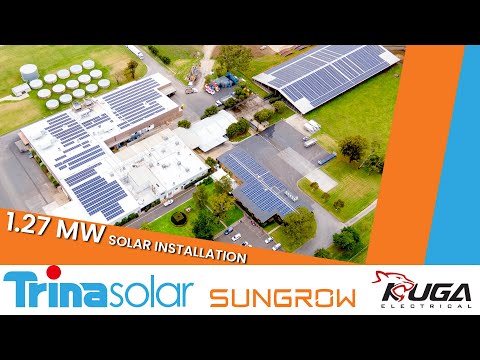
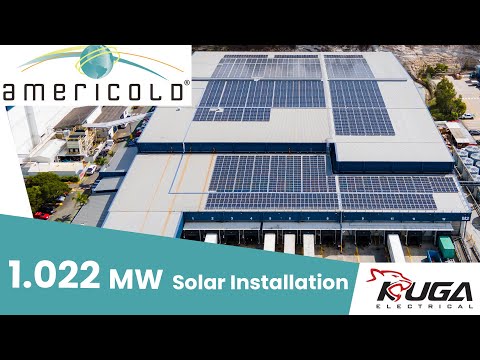
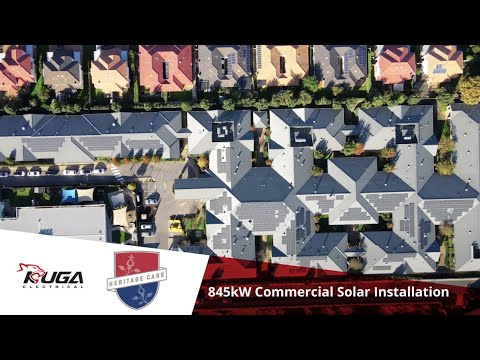
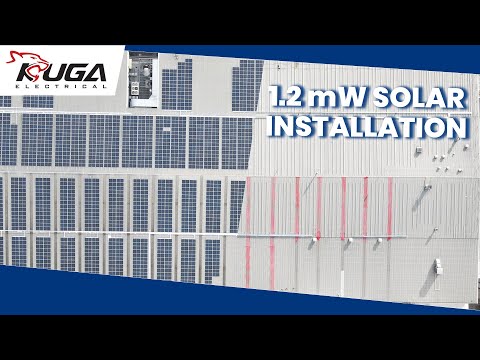
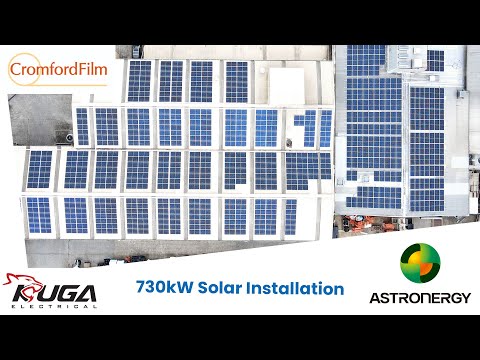
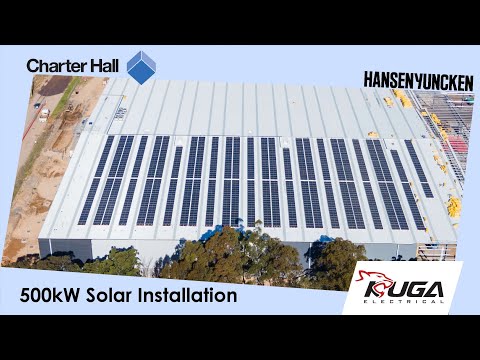





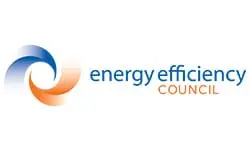

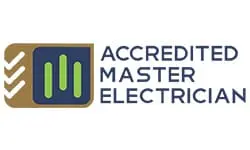
 Get Quote
Get Quote Call Now
Call Now